1. 1955 Double Die Lincoln Penny

The 1955 double die Lincoln penny is famous among collectors, with a distinct doubling of the date and the word “Liberty” on the coin’s face. The error occurred because of a misalignment during the minting process, creating an eye-catching effect that’s easy to spot. If you find one of these, it could be worth anywhere from $1,000 to over $15,000, depending on its condition.
2. 1943 Copper Penny
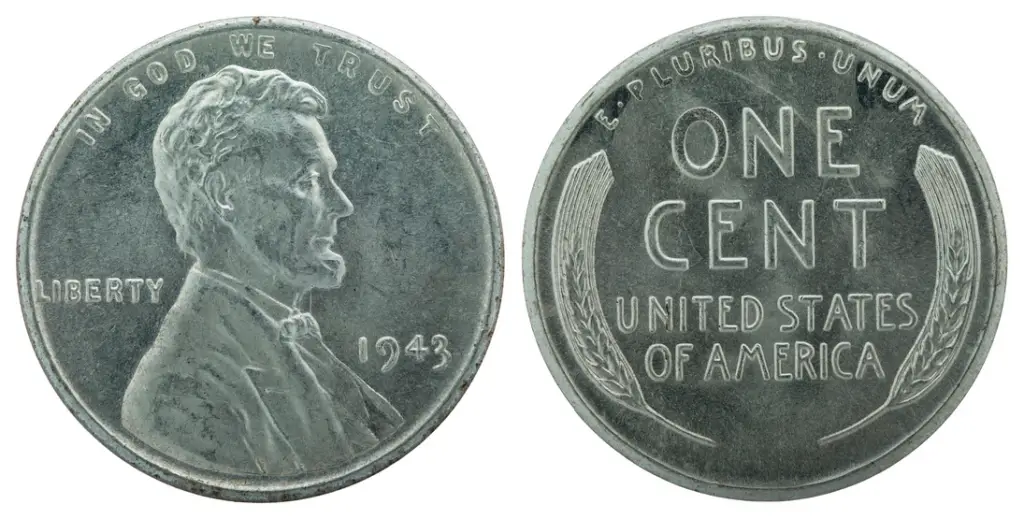
In 1943, due to a shortage of copper during World War II, the U.S. Mint switched to making pennies from steel. But a few pennies were accidentally struck with copper that year, resulting in one of the rarest and most valuable pennies. Only a few of these 1943 copper pennies are known to exist, and they’ve sold for as much as $200,000 at auction.
3. 1970-S Small Date Lincoln Cent with Doubled Die
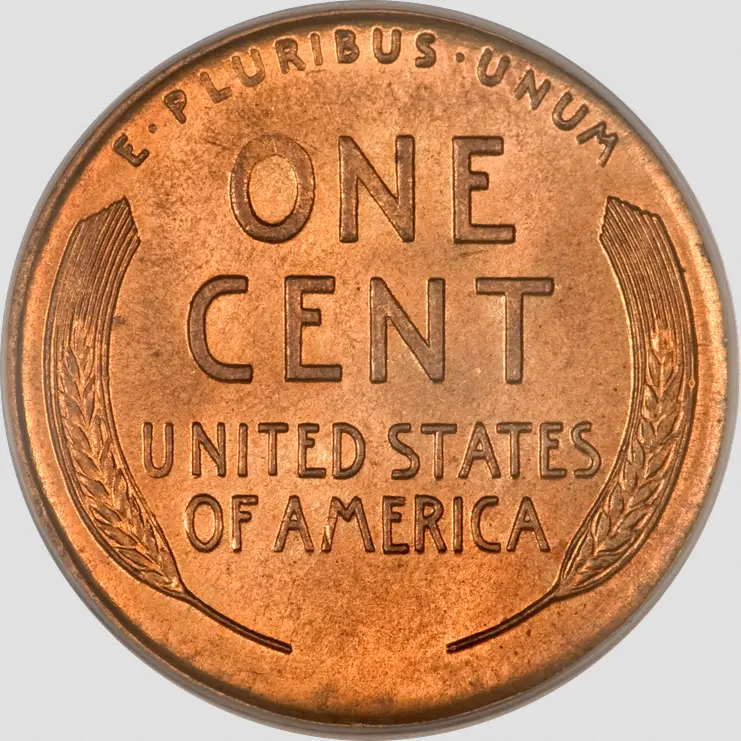
The 1970-S Lincoln penny has a variation in date size, with a small “S” mint mark (indicating it was struck in San Francisco) and a doubled die. This error causes the lettering to appear slightly doubled, especially in “Liberty” and “In God We Trust.” It’s not as dramatic as other errors, but it’s rare enough to be worth a few thousand dollars to the right collector.
4. 1969-S Doubled Die Lincoln Cent

Similar to the 1955 penny, the 1969-S Lincoln penny also has a prominent doubling error. The doubling is especially visible in the date and the word “Liberty,” making it easy for even casual collectors to spot. This coin’s rarity, combined with its obvious minting error, has resulted in values reaching up to $70,000.
5. 2004 Wisconsin State Quarter with Extra Leaf
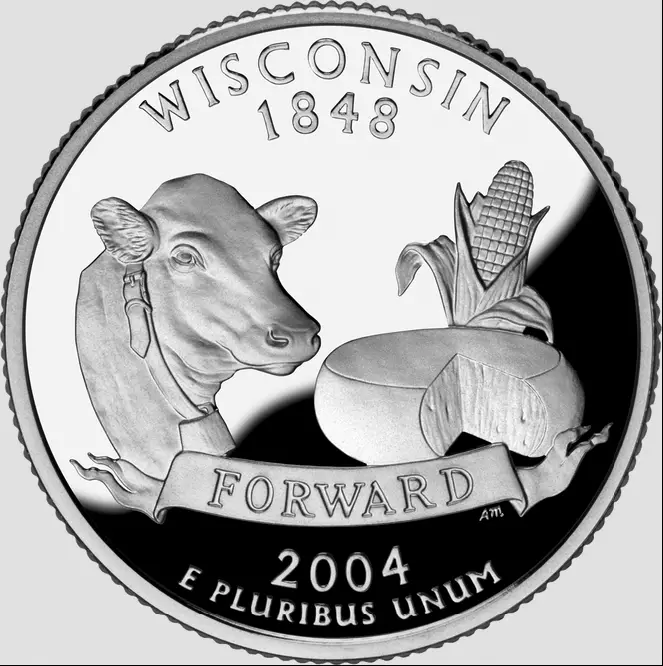
The Wisconsin state quarter, released in 2004, is famous for having an unusual minting error: some coins feature an extra “high leaf” or “low leaf” on the ear of corn depicted on the reverse. This accidental addition increased the coin’s value tremendously, with some selling for up to $2,000.
6. 1999 Wide “AM” Penny
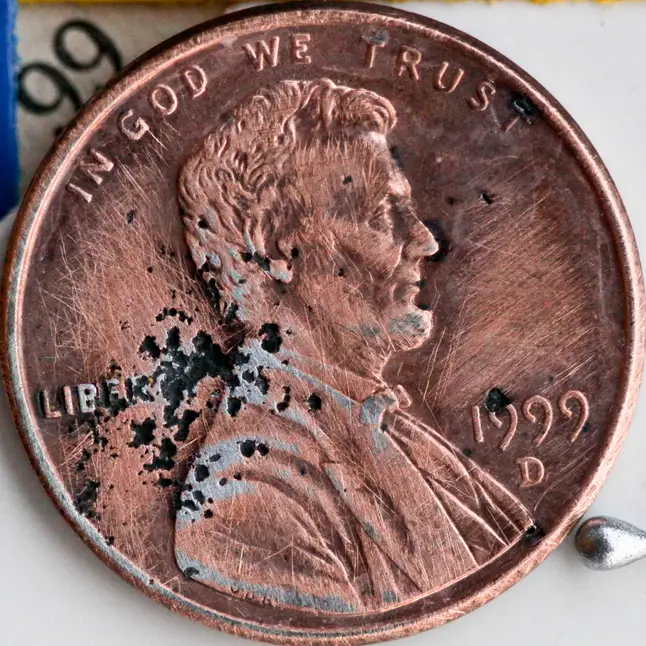
The 1999 Lincoln penny is known for a subtle but valuable error: a wide spacing between the letters “A” and “M” in “AMERICA” on the reverse side. This variation is rare, as most pennies from that year had a closer “AM” placement. The difference may be slight, but the value can reach hundreds of dollars, making it worth checking your spare change!
7. 1982 No Mint Mark Roosevelt Dime
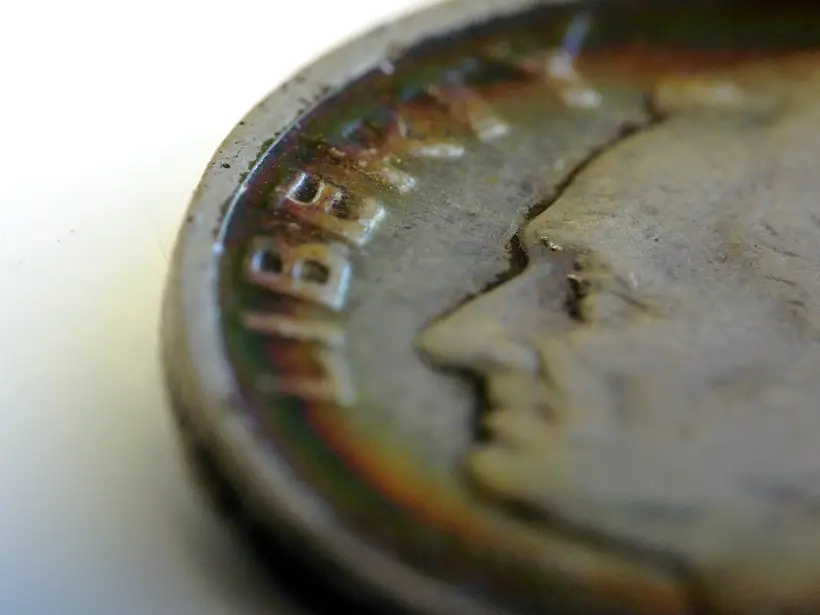
Most dimes feature a mint mark indicating the location where they were produced. However, in 1982, a small number of Roosevelt dimes were accidentally struck without the mint mark. This seemingly small error has made these dimes worth up to $300 in top condition, as collectors hunt for this elusive mistake.
8. 1992 Close “AM” Penny
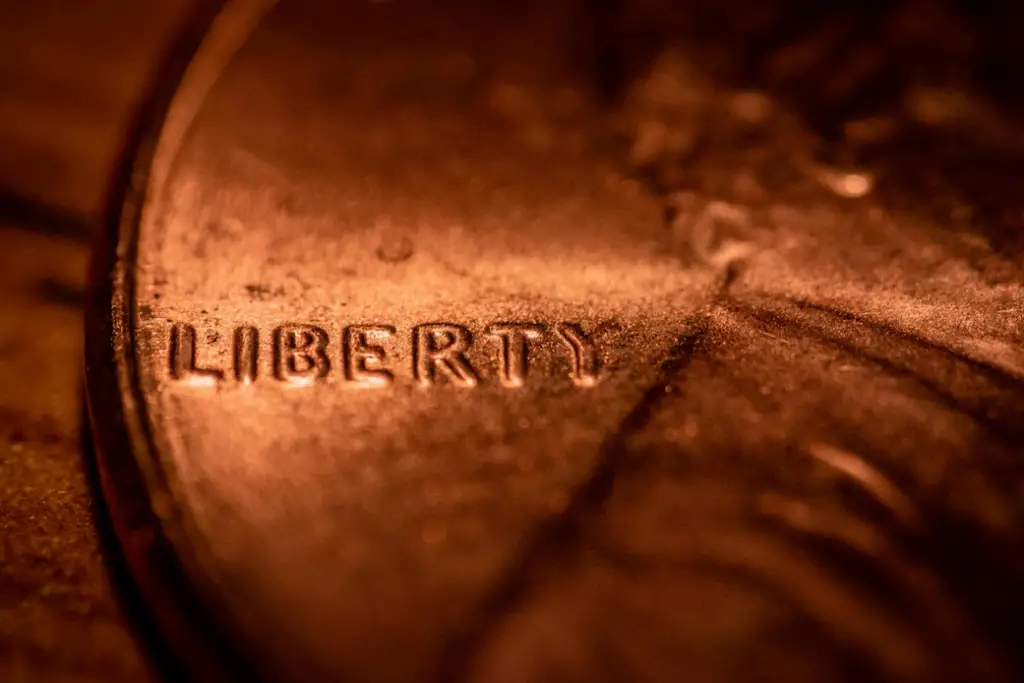
The 1992 Lincoln penny has a reverse variety with the “AM” in “AMERICA” placed closer together than on most other pennies from that year. Known as the “close AM” penny, this rare variation is highly sought after by collectors and can be worth up to $25,000, depending on its grade and condition.
9. 1972 Doubled Die Obverse Penny
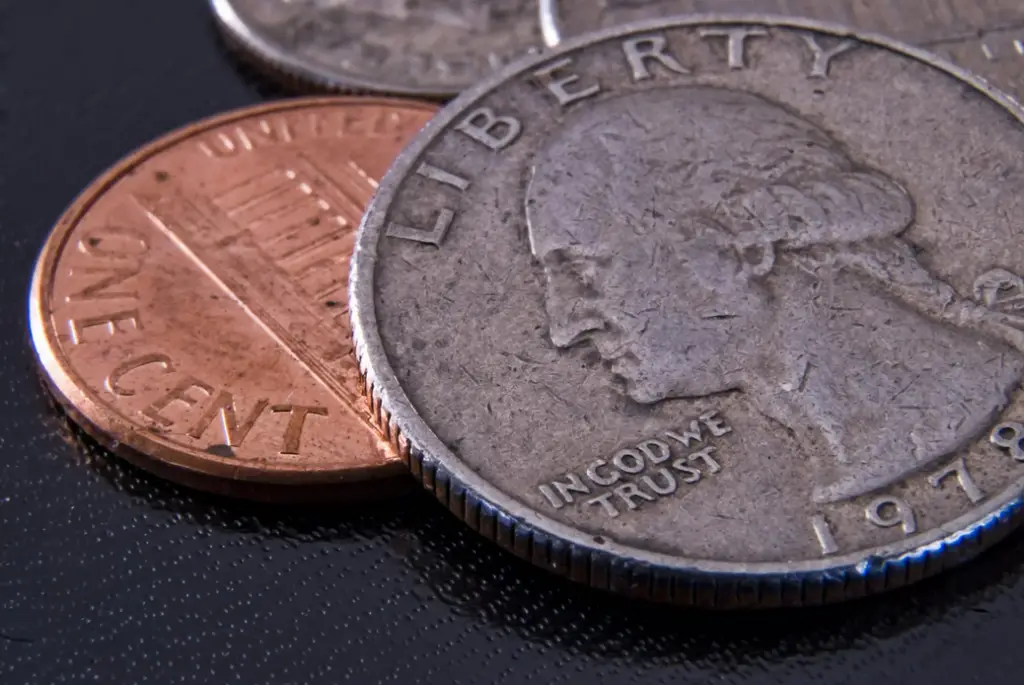
The 1972 Lincoln penny is known for its doubled die on the obverse side, creating a distinct doubling effect on the words “In God We Trust” and “Liberty.” Unlike other double-die pennies, this one isn’t from a specific mint but is still rare enough to be worth up to $1,000 in good condition.
10. 2000 Sacagawea Dollar with a “Cheerios” Pattern

The “Cheerios Dollar” is a special version of the 2000 Sacagawea dollar that has a different tail feather pattern on the eagle’s reverse. These coins were distributed in Cheerios boxes as part of a promotion, but only a small number have this unique tail feather detail. Today, they’re valued at up to $5,000, making this one of the most surprising collectibles linked to cereal boxes.
11. 1950-D Jefferson Nickel
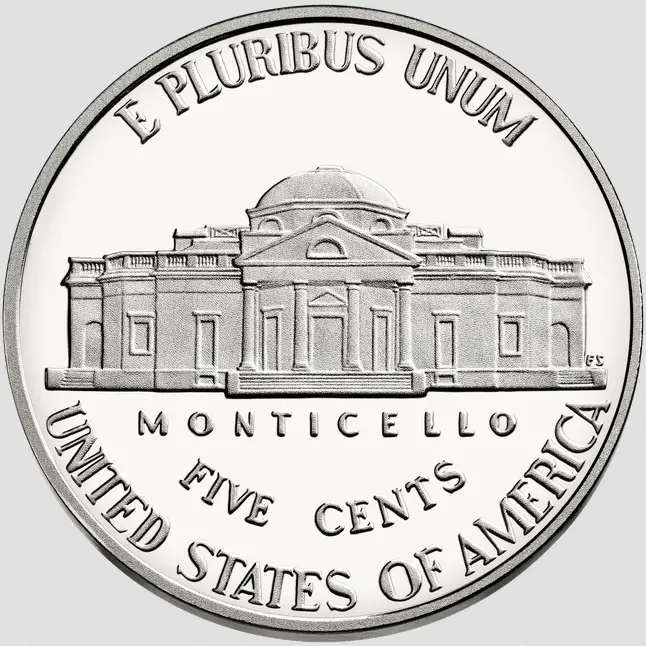
While not technically an error coin, the 1950-D Jefferson nickel is one of the lowest-mintage coins from the U.S. Mint, making it highly desirable. It’s rare to find in excellent condition, but even circulated versions can fetch a higher price than typical nickels, with mint-condition coins selling for up to $15,000.
12. 1983 “Spitting Eagle” Quarter
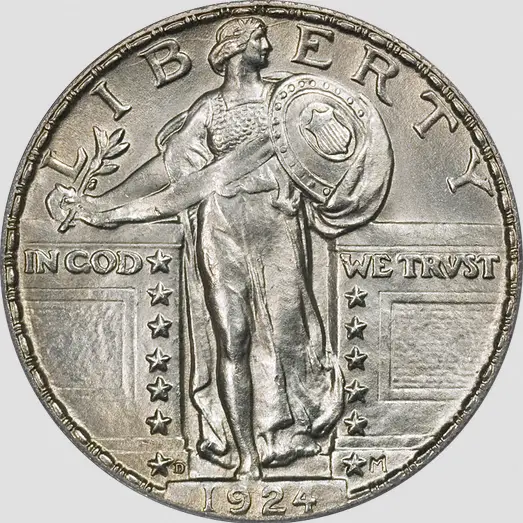
Some 1983 quarters have a minting defect that makes it appear as though the eagle on the reverse is spitting. This is caused by a small die crack and is affectionately known as the “Spitting Eagle” quarter. It’s a fun find for collectors and can be worth several hundred dollars, depending on condition.
These mint mistakes capture moments when everyday coins became extraordinary. Whether caused by double strikes, missing mint marks, or odd spacing, these quirks transform humble coins into highly sought-after treasures that collectors are willing to pay a pretty penny for. So next time you have a handful of change, take a closer look—you might just find yourself a hidden fortune.


